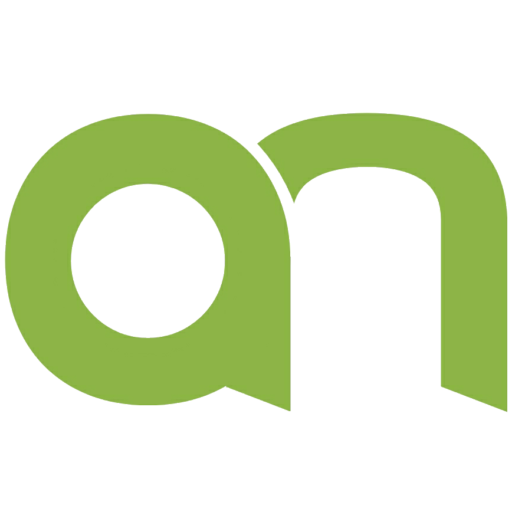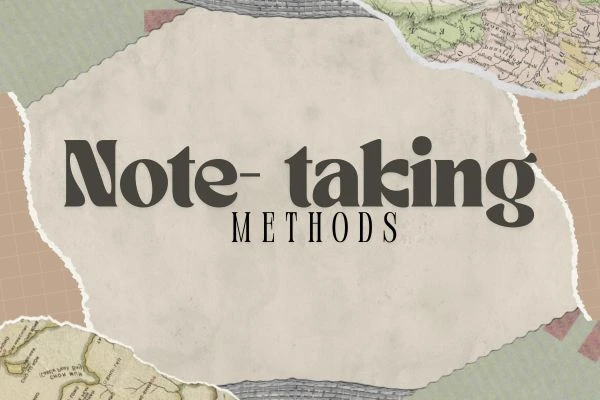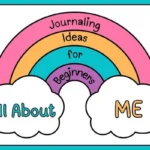Taking notes isn’t just about jotting everything down.
It is about creating the said content in such a way that anybody would be interested in reading it and would actually enjoy it.
While you can do so much with your notes, we recommend keeping them simple and visually aesthetic.
Note making is about organizing your thoughts and giving them a flow.
In this article, we have summed up the various methods and which one would be applicable for you.
Note Taking Methods (Take better notes, Maximize Your Productivity)
1. The Cornell Method
🎯 Best for organized review and lecture-based learning
The Cornell Method divides your note page into three clear sections: a narrow cue column on the left, a note-taking area on the right, and a summary section at the bottom. During a class or meeting, you write detailed notes in the main section.
Afterward, you fill in the cue column with keywords, main ideas, or potential test questions. Finally, you write a short summary at the bottom of the page to reinforce what you’ve learned.
This method encourages active recall and structured thinking. It’s particularly great for students, as the layout makes it easy to review and quiz yourself later. You can also add visuals or color-code each section for extra clarity.
Many people use this method in physical notebooks, but it’s also easy to format in digital tools like OneNote or Notion.
2. The Outline Method
📝 Best for hierarchical content and quick note scanning
The Outline Method is one of the simplest and most effective systems, especially if you like keeping your notes neat. You start with main topics at the top and indent subtopics underneath them. The deeper you indent, the more specific the information. Think of it like a bullet point tree:
-
Main Idea
-
Subtopic
-
Detail or example
-
-
This method helps you see relationships between concepts at a glance. It’s especially useful for subjects that follow a logical structure, such as history, business, or science.
The clean layout also makes it easier to review before exams or presentations. However, it’s less ideal for subjects with lots of visuals or spontaneous discussion.
3. The Mind Map Method
🧠 Best for creative thinking and big-picture understanding
Mind mapping is a visual note-taking style that starts with a central idea in the middle of the page. From there, you branch out with related ideas using lines, arrows, symbols, or images.
Each branch can split into smaller branches to explore subtopics. It looks a bit like a brain’s neural network—perfect for capturing how your thoughts actually work.
This method is great for brainstorming, problem-solving, or summarizing entire topics on one page. It’s ideal for visual learners and creative thinkers who benefit from seeing how ideas connect.
You can draw your own by hand or use digital tools like XMind, MindNode, or Miro. While it’s not the best for linear information, it’s amazing for unlocking creative insights.
4. The Charting Method
📊 Best for comparison-heavy subjects
In the Charting Method, your notes are organized into a table format with rows and columns. Each column represents a category or heading, while each row contains relevant details for that category.
It’s especially useful for topics that involve a lot of comparisons—like features of historical events, scientific processes, or types of data. You can prepare your chart ahead of time if you know the topic, or fill it in as you go during class or meetings.
This structure allows you to quickly review similarities and differences side by side. It’s great for visual learners and anyone who likes data-driven analysis. However, it’s less flexible for open-ended or non-linear content.
5. The Sentence Method
✍️ Best for fast-paced lectures and meetings
This method involves jotting down each new thought or piece of information as a separate sentence, usually numbered or bulleted. There’s no elaborate structure—just straightforward sentences one after the other.
This style works best when you need to write quickly and the information doesn’t follow a strict order. The Sentence Method is great for capturing fast lectures, brainstorming sessions, or meetings with lots of spontaneous ideas.
You can easily go back later and reorganize the points into a more structured format or transfer them into digital systems. While it may look messy, it allows you to capture everything without missing key details. Use highlighting or underlining later to identify main ideas.
6. The Flow Notes Method
💡 Best for deep understanding and personal engagement
Flow notes blend traditional note-taking with sketching and active thinking. Instead of just copying what you hear, you write concepts in your own words, draw arrows to show relationships, add doodles or symbols, and even ask questions in real time.
It’s all about interaction and comprehension rather than just transcription. This method encourages engagement with the material as you learn it. Because you’re processing information creatively, you’re more likely to remember it.
Flow notes are flexible, fun, and personalized. The downside? They can get a little messy—but that’s part of their charm. They’re especially useful for subjects like philosophy, psychology, or literature where interpretation matters.
7. The Digital Method (with Templates/Apps)
💻 Best for tech-savvy users and searchable notes
With note-taking apps like Notion, Evernote, OneNote, Goodnotes, or Obsidian, you can create digital notebooks with structure, tags, media, and cloud access.
Many apps offer templates for Cornell, mind maps, outlines, and more. You can embed images, audio recordings, links, and even convert handwriting to text (if you use a tablet).
Digital notes are searchable, easily organized, and always backed up. You can color-code, tag, and link topics across different notes. This method is ideal for people who use multiple devices or need high flexibility.
However, it does require a bit of a learning curve and may be distracting for those who prefer pen and paper.
Bonus Tips for Better Note-Taking
-
Use color-coding for categories and highlights.
-
Review your notes within 24 hours to lock in learning.
-
Summarize key points at the end of each session.
-
Draw diagrams or charts for complex info.
-
Don’t aim for perfection—just clarity and usefulness.
-
Combine methods (e.g., Cornell + Mind Map) to suit the topic.
See Also:
-
Fix Facebook Messenger call ends immediately/after 4 minutes
-
Actionable Tips to Grow Instagram Followers Quickly (Especially for Beginners)
With these methods, your study time will be more productive.
And we can assure you that you would ace all your tests.
Well, what are you waiting for?
Take your pick and get going!!









